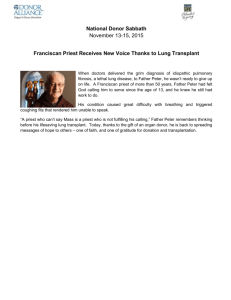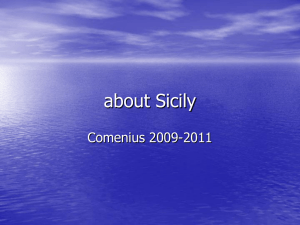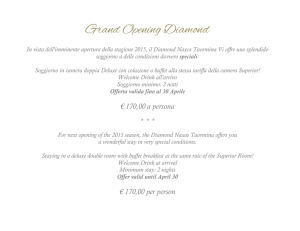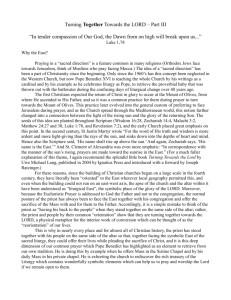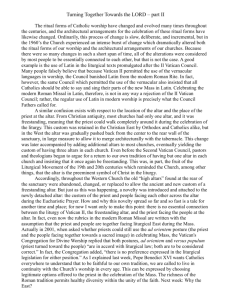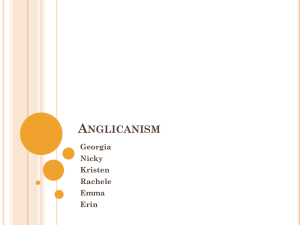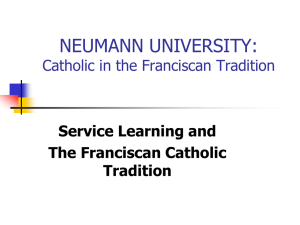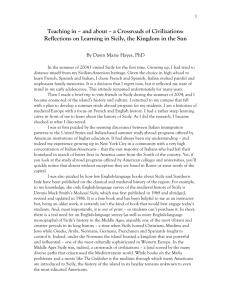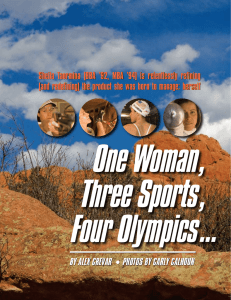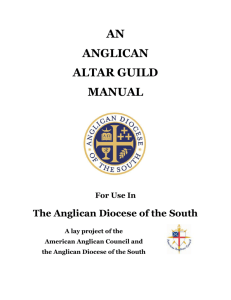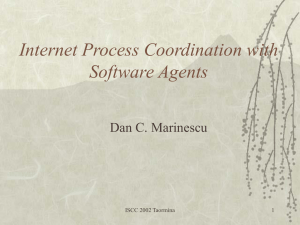Father Peter asks - St. George`s Anglican Church in Taormina
advertisement
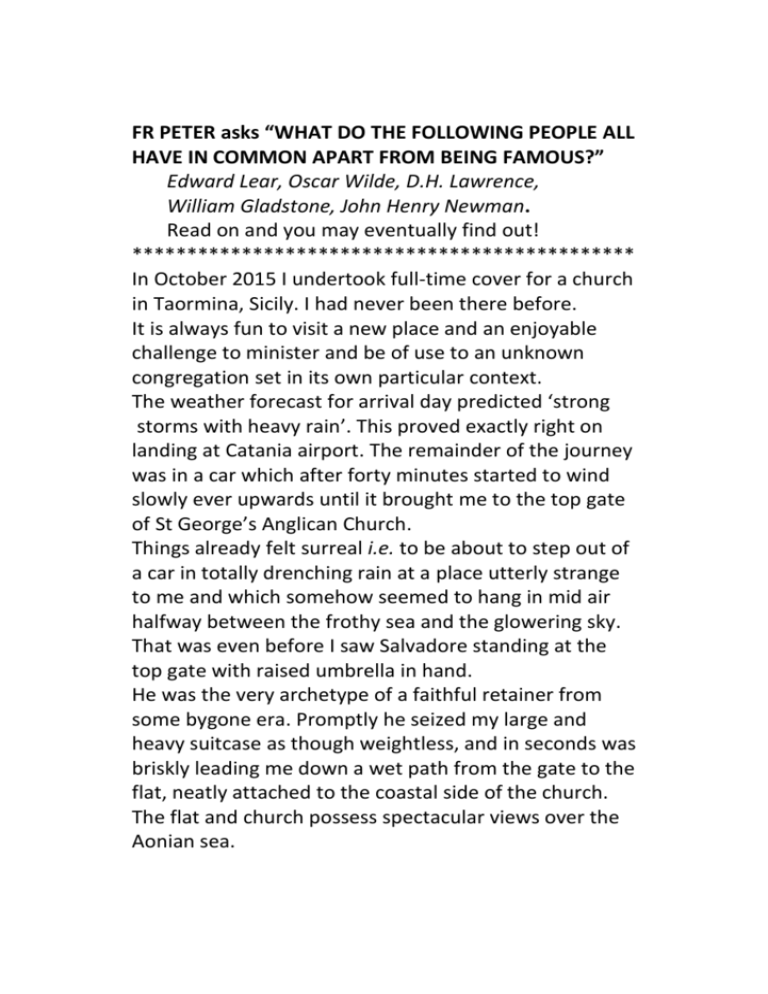
FR PETER asks “WHAT DO THE FOLLOWING PEOPLE ALL HAVE IN COMMON APART FROM BEING FAMOUS?” Edward Lear, Oscar Wilde, D.H. Lawrence, William Gladstone, John Henry Newman. Read on and you may eventually find out! ********************************************** In October 2015 I undertook full-time cover for a church in Taormina, Sicily. I had never been there before. It is always fun to visit a new place and an enjoyable challenge to minister and be of use to an unknown congregation set in its own particular context. The weather forecast for arrival day predicted ‘strong storms with heavy rain’. This proved exactly right on landing at Catania airport. The remainder of the journey was in a car which after forty minutes started to wind slowly ever upwards until it brought me to the top gate of St George’s Anglican Church. Things already felt surreal i.e. to be about to step out of a car in totally drenching rain at a place utterly strange to me and which somehow seemed to hang in mid air halfway between the frothy sea and the glowering sky. That was even before I saw Salvadore standing at the top gate with raised umbrella in hand. He was the very archetype of a faithful retainer from some bygone era. Promptly he seized my large and heavy suitcase as though weightless, and in seconds was briskly leading me down a wet path from the gate to the flat, neatly attached to the coastal side of the church. The flat and church possess spectacular views over the Aonian sea. Salvadore showed me the flat’s layout and its internal route to the vestry and through into the church. Then, with a kind smile, he mentioned his ready availability. Next moment he had simply vanished into thin air! During the month I learned what a blessing he and his wife Mima have been and are to this church. Salvadore, it turned out, is a Roman Catholic who is a kind of guardian angel of the church. He is its honorary caretaker, gardener, verger, and sacristan, roles handed down from his grandfather to his father and then on to him. He lives directly opposite the bottom gate of the church in a B&B. house he runs with his wife Mima. The church vestry interested me. Its large colour picture of Pope John Paul II with Archbishop Robert Runcie assured me of the church’s proper Anglican background and a picture of Archbishop Justin Welby showed its continuing loyalty. Three small shields were also there marking Royal British Legion War Graves pilgrimages in 1989, 1991 and 1997. My first view inside the church itself impressed me as much as did the outside stonework and garden the next day. Features I found interesting include the window behind the main altar with Jesus on the cross, flanked by St Catherine and St George (in his armour). Also, on the wall to the left of the altar, the framed altar frontal embroidered for St George’s in the early 1920s by the pupils at Miss Mabel Hill’s School of Lace. The carved Stations of the Cross set in wooden frames affected me and the three arches in Siracusa stone were striking. The arches topped two central columns which divide off a second aisle and could enable a side altar if needed. The church has 3 war memorials viz., ‘1914-1918’, ‘Western Desert 1941-Alamein 1942/3-Sicily 1943’, and ‘the 3rd County of London Yeomanry sharpshooters’. A study of the church’s history soon shows that it came about mainly through the leadership, vision, inspiration, commitment and generosity of the Hill family. A leap into the present reveals that all this is now kept and maintained by the affection of a small group of lay members whose commitment, determination, acuity, energy and generosity have found a way to keep the church going for the present. Succeeding at this does though depend on the willingness of clergy to come for locum periods and minister free and freely to visitors and congregation alike. It also depends on financial generosity by those who visit the church to receive Christian ministry, to worship or pray or benefit in any other way, or even simply to indulge their curiosity on a sightseeing trip with camera. All are openly asked to give generously to the cause! The priestly ministry involves presiding and preaching on Sundays and special days, and opening the church in daytime hours to welcome and talk with visitors. These come not only from the U.K. and Italy but from many other countries, nor are these only from Europe. Ministry also involves officiating at weddings, funerals and other services. I officiated at a wedding blessing to celebrate the 33rd Anniversary of marriage for a visiting American couple with family connections to Sicily and similarly officiated at a baptism for the baby son of an English couple with family ties to Sicily. Sunday services can often turn out to be ecumenical! At my first one an expected Anglican priest from South Africa attended but unexpectedly so too did four other priests or pastors of varying styles and denominations . Also, in the light of the Meissen Agreement between the Anglican Church and the Evangelical Churches of Germany, on one Sunday in most months the service held is a joint one with, in this case, a local Lutheran community whose pastor ministers to Lutherans in three separate areas of Sicily but is present on such shared occasions to participate at St George’s. Ecumenism doesn’t stop there. The day after arriving I participated with St George’s lay ecumenical officer in an annual service arranged by the Franciscan Sisters to celebrate ‘the Passing of St Francis’. The Lutherans with their pastor also participated and so too did a visiting Franciscan priest/professor from the Pontifical Academy in Vatican City, Rome, leading, and briefly giving his own humble reflections. (In fact he has 88 publications to his credit including some on the relevance to today’s economic/ financial problems of the way of St Francis). I was also impressed with the youth involvement in that service. Some of the young men and women played an important part in the liturgy. Afterwards they told me they had just returned from a trip together to Assisi. The very young played their part too, bringing a portion of loaf to all clergy present who then broke off small pieces and together walked among the congregation to distribute these in Franciscan manner to everyone else. There is also inter-faith sharing. A couple of days before going home I attended, with a number of members of St George’s, a meeting in Taormina Cathedral (Basilica of San Nicolo di Bari) for a discussion between the local imam & president, the Franciscan ecumenical officer who also chaired, and the local RC parish priest. Obviously I had some time off and was able to look around Taormina. It is a dazzling jewel of Sicily, an attractive, intriguing and fascinating town with its mountainside setting, its architecture, its history, its panoramic views (one can see Mt Etna with its snowcapped peak), its nearby beaches and its lively tourism commerce. One sunny day I was very fortunate to be able to visit the ancient Greek theatre - which during its life had also been considerably ‘Romanised’. That visit alone was a phenomenal experience. From the theatre’s highest point there was a panoramic view that was breathtaking. In fact just to stand up in that ethos and simply to be alive and breathing and aware was for me an indescribable transcendental experience! So now here comes the answer to my initial question. What those famous people I named at the start all have in common is that they have all spent a period of time in Taormina! But now wait for this tiny bit of history - something so impossible to follow that I shall end with it. A certain John Henry Newman, a young Anglican priest (later to become Cardinal Newman) was in Taormina in 1833. On the view from the Greek theatre he said that it was “the nearest approach to seeing Eden.” He also said “I felt that for the first time in my life I should be a better and more religious man if I lived here.” ********************************************** Peter Tilley .
